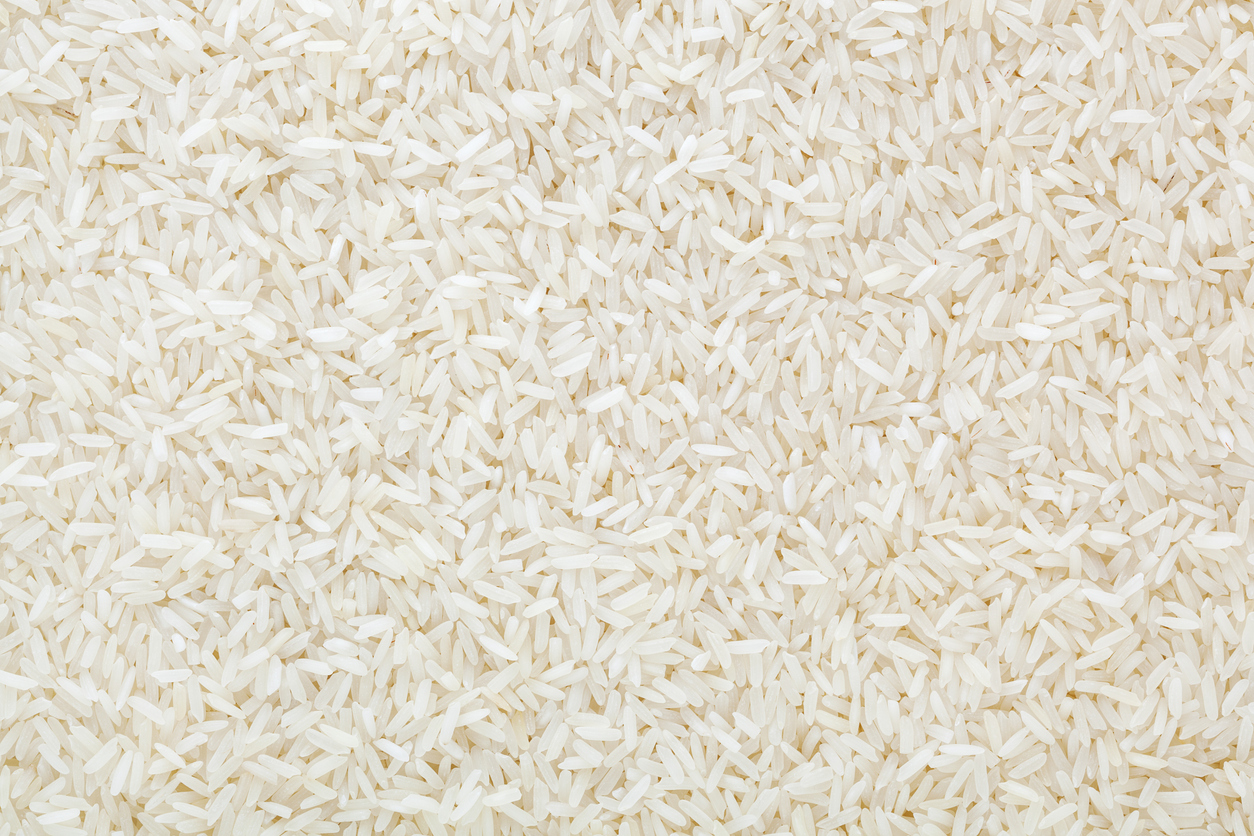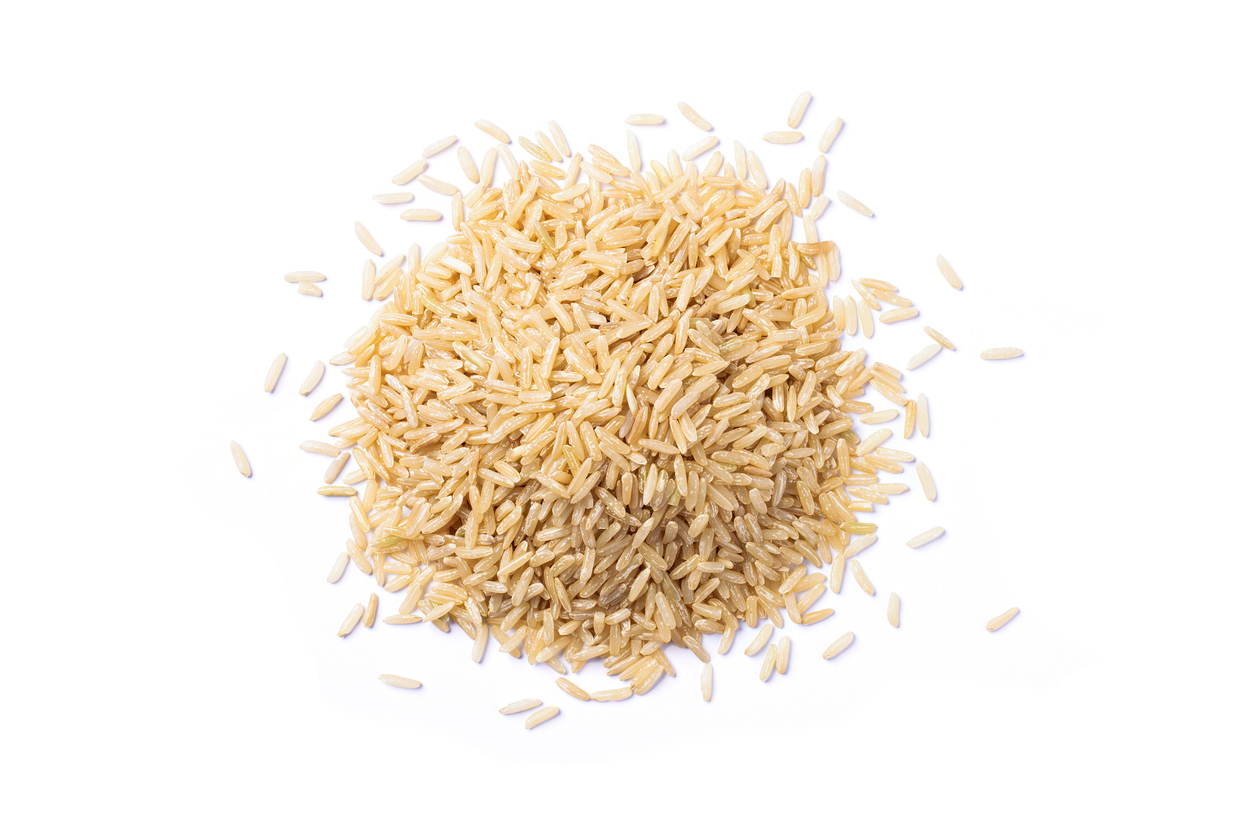From Farm to Table: Understanding the Economics of Mozzarella Production and Pricing
From Farm to Table: Understanding the Economics of Mozzarella Production and Pricing
Welcome to our blog, where we take you on a journey from farm to table, uncovering the fascinating world of mozzarella production and pricing. Have you ever wondered how that creamy, melt-in-your-mouth cheese ends up on your plate? Or why it sometimes costs more than other varieties? Well, get ready to dive deep into the economics behind everyone’s favorite Italian staple. Join us as we explore the intricate processes involved in creating this delectable delight and unravel the factors that contribute to its fluctuating prices. Get ready for a cheesy adventure like no other!
Introduction: Explaining the popularity of mozzarella and its role in Italian cuisine
Introduction: Explaining the popularity of mozzarella and its role in Italian cuisine
Mozzarella is a type of cheese that has gained immense popularity all over the world, especially in Italian cuisine. It is a soft, white cheese with a mild, creamy taste and is commonly used as a topping for pizzas, added to pasta dishes, and even enjoyed on its own as part of an antipasto platter. Its versatility and delicious flavor have made it a staple in many households and restaurants.
But why exactly has mozzarella become so popular? To understand this, we need to take a closer look at its history and production process.
History of Mozzarella:
Mozzarella originated in Italy, specifically in the region of Campania. It was first made by monks from buffalo milk which was readily available in the area. The name “mozzarella” comes from the Italian word “mozzare” which means to cut off or separate by hand – referring to the way this cheese is traditionally made by hand-stretching curds into long strings before shaping them into balls.
In the early 19th century, cow’s milk began to be used instead of buffalo milk due to its availability and lower cost. This led to the widespread production of mozzarella throughout Italy and eventually around the world.
The Process of Mozzarella Production: From Cow to Cheese
The process of mozzarella production begins with cows, specifically dairy cows that are raised on farms. These cows are carefully selected for their milk-producing abilities and kept in clean and comfortable environments to ensure the highest quality milk. The health and well-being of these cows is crucial as it directly affects the taste and quality of the final product.
1. Milk Production: The first step in mozzarella production is milking the dairy cows. This is usually done twice a day, early in the morning and late in the afternoon. The milk is then stored in temperature-controlled tanks to maintain its freshness until it can be transported to cheese factories.
2. Pasteurization: Once the milk reaches the cheese factory, it undergoes pasteurization – a process where the milk is heated at a specific temperature to kill any harmful bacteria present. This step is essential for food safety purposes.
3. Coagulation: After pasteurization, enzymes such as rennet are added to help coagulate or curdle the milk. This causes solids (curds) to separate from liquid (whey). The curds are then cut into small pieces using a special machine called a “curd cutter.”
4. Stretching & Shaping: Next comes one of the most critical steps in mozzarella production – stretching and shaping. The curds are heated until they reach a certain temperature, which makes them pliable enough for stretching without breaking apart easily.
– Overview of milk production and collection from cows
Milk production and collection from cows is a crucial step in the process of making mozzarella cheese. As one of the most widely consumed dairy products, milk plays a significant role in the economy of cheese production. In this section, we will provide an overview of how milk is produced and collected from cows for the purpose of making mozzarella.
Milk production begins with healthy and well-cared-for dairy cows. These cows are bred specifically for their ability to produce high quantities of milk. They are typically fed a nutritious diet consisting of hay, grain, and other supplements to ensure they have enough energy to produce quality milk.
The milking process usually takes place twice a day, every twelve hours. This ensures that the cow’s udders do not become engorged with too much milk, which can cause discomfort or even health issues for the animals. The milking is done using machines called milking machines that gently extract the milk from the cow’s udder without causing any harm or pain.
Once the milking process is completed, the collected milk is stored in large refrigerated tanks on-site until it is ready to be transported to processing plants. These tanks help keep the milk at a consistent temperature until it reaches its destination, preventing spoilage or contamination.
– Curd formation and stretching process
Curd formation and stretching process are crucial steps in the production of mozzarella cheese. These processes contribute significantly to the final quality, texture, and flavor profile of the cheese.
The curd formation begins with milk being heated and then adding a starter culture, which is a blend of bacteria that helps in acidifying the milk. This acidification process causes the proteins in the milk to coagulate, forming solid clumps called curds. The size and firmness of these curds depend on various factors such as temperature, pH levels, and type of starter culture used.
Once the desired level of acidity is achieved, rennet – an enzyme derived from animal or microbial sources – is added to further aid in the coagulation process. Rennet acts on the casein proteins present in milk, causing them to form a network that traps water molecules within it. This results in firmer curds with a smooth texture.
After cutting the curd into small pieces, they are allowed to rest for some time while still immersed in warm whey – a by-product of cheese making. During this resting period, moisture continues to be released from the curds while also improving their elasticity.
The next crucial step is stretching or kneading the curd under hot water or steam until it reaches its characteristic stringy consistency. This manipulation aligns and stretches out the protein strands within each curd piece, creating long threads that give mozzarella its signature stretchiness when melted.
– Factors that can affect the quality and flavor of mozzarella
Factors that can affect the quality and flavor of mozzarella include various elements throughout the production process, from the cow’s diet to storage conditions. In this section, we will explore these factors in more detail and how they can impact the overall taste and texture of mozzarella.
1. Milk Quality: The first step in mozzarella production is sourcing high-quality milk from cows. The quality of milk is crucial as it directly affects the final product. Cows that are fed a healthy diet and have access to clean pastures produce better quality milk with a higher fat content, resulting in a richer and creamier mozzarella.
2. Animal Welfare: The well-being of cows also plays a significant role in producing high-quality milk for mozzarella production. Stressed or unhealthy animals can produce lower quality milk, which can affect the flavor and texture of the cheese. Therefore, ensuring proper care for dairy cows through ethical farming practices is essential for producing top-notch mozzarella.
3. Processing Methods: Once the milk has been sourced, it goes through several processing steps before turning into cheese. The temperature at which the milk is pasteurized and curdled can significantly impact its flavor profile and texture. If not done correctly, it can result in an off-flavor or grainy texture in the final product.
Understanding Mozzarella Pricing:
Mozzarella cheese is a beloved staple in many cuisines around the world, from its use in classic Italian dishes like pizza and lasagna to its incorporation into modern dishes such as burgers and salads. However, have you ever wondered why mozzarella cheese can vary greatly in price? In this section, we will delve into the economics of mozzarella production and pricing to help you better understand why this delicious cheese may come with a higher or lower price tag.
1. Factors Affecting Mozzarella Production Costs:
The first step in understanding mozzarella pricing is to examine the factors that contribute to its production costs. These include:
– Milk Quality: The quality of milk used for mozzarella production greatly affects its taste and texture. High-quality milk from cows raised on natural diets tends to be more expensive, increasing the overall cost of production.
– Labor Costs: Producing mozzarella requires a significant amount of labor, from milking and caring for cows to making and shaping the cheese itself. As labor costs differ between countries and regions, it can impact the overall cost of producing mozzarella.
– Equipment and Infrastructure: The equipment used for making mozzarella, such as pasteurizers and curd cutters, can be costly investments for producers. Additionally, maintaining proper infrastructure such as temperature-controlled rooms can also add to the overall production costs.
– Factors that influence the price of mozzarella, such as production costs, demand, and competition
Mozzarella is a beloved cheese that has become a staple in many households and cuisines around the world. From pizza to pasta dishes, this versatile cheese adds a touch of creaminess and flavor to any dish. However, have you ever wondered why the price of mozzarella varies from brand to brand or even within the same brand? In this section, we will delve into the various factors that influence the price of mozzarella.
1. Production Costs:
The cost of producing mozzarella can vary greatly depending on various factors such as location, quality of milk used, and labor costs. The production process for mozzarella involves several steps including pasteurization, coagulation, stretching, and shaping. Each step requires specialized equipment and skilled labor, which adds to the overall production cost.
Moreover, the type of milk used also plays a significant role in determining the production cost of mozzarella. For example, using high-quality buffalo milk instead of cow’s milk can significantly increase production costs due to its higher price and lower availability.
Additionally, geographical location can impact production costs as well. Mozzarella produced in regions with higher land and labor costs may be priced higher than those produced in regions with lower costs.
– Comparison of prices between different types
When it comes to mozzarella production and pricing, there are several key factors that can influence the final cost of this popular cheese. From the type of milk used to make it, to the production methods employed, there are many variables that can impact the price of mozzarella.
In this section, we will take a closer look at the different types of mozzarella cheese and compare their prices. Understanding these differences can help consumers make more informed decisions about which type of mozzarella they want to purchase.
1. Fresh vs Aged Mozzarella
One major factor in determining the price of mozzarella is whether it is fresh or aged. Fresh mozzarella is typically made with whole milk and has a softer texture and milder flavor. It is often sold in water or brine and has a shorter shelf life compared to aged mozzarella.
Aged mozzarella, on the other hand, is usually made with part-skim milk and has a firmer texture and stronger flavor profile. It requires longer aging periods before it is ready for consumption, resulting in a higher production cost.
Due to these differences in production methods, fresh mozzarella tends to be more expensive than its aged counterpart.
2. Buffalo Milk vs Cow Milk
Traditionally, buffalo milk was used to make authentic Italian-style mozzarella cheese. However, due to its high fat content and limited availability outside of Italy, cow’s milk has become the preferred choice for most commercial producers.







Comments are closed.